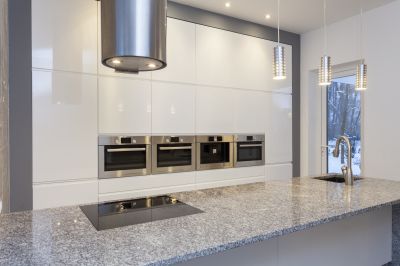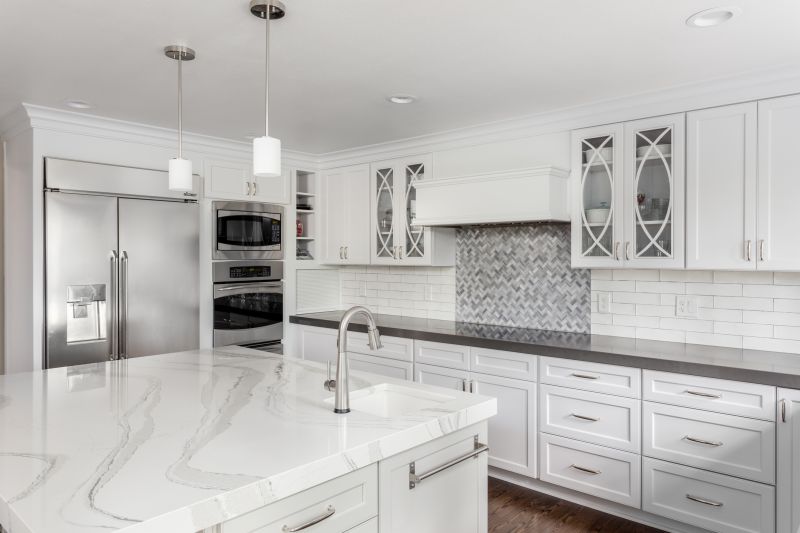Countertop Sealing Best Practices

Sealing should be performed shortly after countertop installation to protect the surface from stains and moisture.

Re-sealing is recommended every 1-3 years depending on usage and the type of countertop material.

Applying sealant prior to heavy usage or exposure to liquids ensures maximum protection.

Ways to make Countertop Sealings work in tight or awkward layouts.

Popular materials for Countertop Sealings and why they hold up over time.

Simple add-ons that improve Countertop Sealings without blowing the budget.
Countertop sealings are essential for maintaining the durability and appearance of surfaces like granite, marble, and quartz. Proper sealing prevents liquids, oils, and stains from penetrating the surface, thereby extending its lifespan. The timing of sealant application significantly impacts its effectiveness, making it crucial to understand the optimal periods for sealing.
Sealing at appropriate times helps prevent staining, reduces maintenance, and preserves the surface's aesthetic appeal.
Water absorption, dull appearance, or visible stains indicate that sealing may be overdue.
Usage frequency, type of countertop material, and exposure to liquids influence the optimal timing.
Professional sealing ensures thorough coverage and proper product application, especially for large or complex surfaces.

An image showing the application of sealant on a countertop surface.

Comparison images highlighting the difference sealing makes.

Photos of brushes, rollers, and sealant bottles.

Detailed view of a well-sealed surface showing smooth, stain-resistant finish.
| Sealing Timing | Recommended Action |
|---|---|
| Immediately after installation | Apply sealant to protect new surfaces |
| Every 1-3 years | Re-seal based on usage and surface condition |
| When water no longer beads | Time to reseal to restore water resistance |
| Before heavy usage | Seal to prepare for increased exposure |
| If stains or dullness appear | Perform re-sealing to restore appearance |
Understanding the best times for sealing countertops ensures optimal protection and longevity. Regular inspections and timely applications help maintain surface quality and resist common damages caused by liquids and stains. Professionals recommend scheduling sealings in alignment with usage patterns and surface condition assessments.

Image of sealant being applied with a brush.

Visual of a surface showing signs of wear or staining.

Photos of applicators and cleaning cloths.

Close-up of a glossy, protected countertop.
Timely sealing enhances the resistance of countertops against daily wear and tear. Proper application techniques and adherence to recommended schedules can prevent costly repairs and replacements, ensuring surfaces remain functional and visually appealing.
Interested in maintaining the quality of countertops through proper sealing? Filling out the contact form can connect with professionals who provide expert sealing services tailored to specific surface needs.



